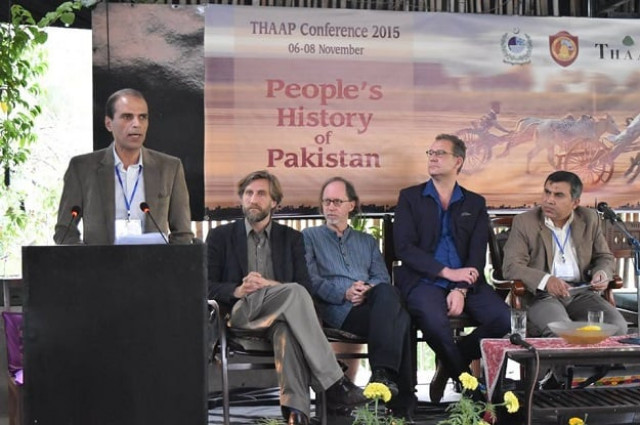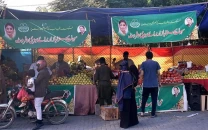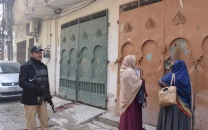Through ages: ‘Peace returning to country’s north’
Research papers explore Waziristan, Swat and war-hit Afghanistan

Research papers explore Waziristan, Swat and war-hit Afghanistan. PHOTO: fb.com/Thaap
A talk on the relationship between rugs and war in Afghanistan was titled Knotted Images: Lest We Forget. Another was titled Empathy and Risk. The session was chaired by Prof Nauman Ahmed.
A Voyage to Waziristan by Husain Abdul Rehman Qazi explored Waziristan through the eyes of a traveller who ventures on frequent journeys to the erstwhile ‘area of the outlawed’ called the Gomal Pass.

“The region, once regarded as the most dangerous place on the earth, is reviving. Life is getting back to normal,” said Qazi.
Mujahid Torwali and Aftab Ahmad’s paper on Peoples’ Stories during the Rule of Last Wali of Swat (1949—1969) is about the tales told by elders of the area. Swat, previously known as Udhyana, was a princely state. It is now a part of Khyber Pakhtunkhwa.
Miangul Jahanzeb (1908–1987) was the last wali (ruler) of the state merged into the province in 1969. He was famous for promoting education in the region. The paper carried some of the firsthand accounts of people’s memories of the ‘golden age’.
Prof David Cotterrell’s paper, Empathy and Risk, explored the “contradictory nature of mutually exclusive versions of truth”… when risk can be a catalyst to the creation of partial truths.
He explored the possibility of the loss of pluralist narratives as communities and individuals were denied access to each others’ vantage points.
Prof Jürgen Wasim Frembgen and Till Passow’s Knotted Images: Lest we forget, elaborated the history of rugs made in Afghanistan. It said the idea of designing and producing “war rugs” had originated in Herat and spread to other parts of Afghanistan as well as Pakistan.
As psychograms and images of remembrance the Asian nomad rugs became contemporary documents and established a new form of rug art.
They said modern inspiration in designs came from various sources, including popular paintings on trucks, photos in calendars, political posters and tiny pictures on matchboxes.
Published in The Express Tribune, November 8th, 2015.



















COMMENTS
Comments are moderated and generally will be posted if they are on-topic and not abusive.
For more information, please see our Comments FAQ